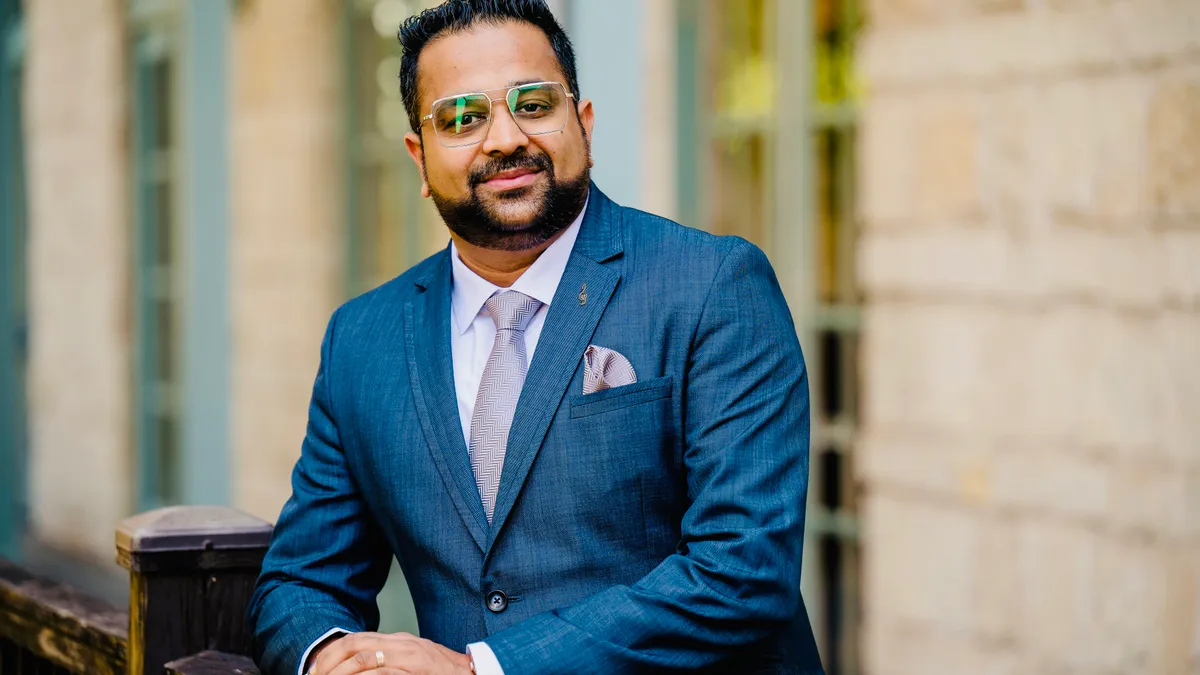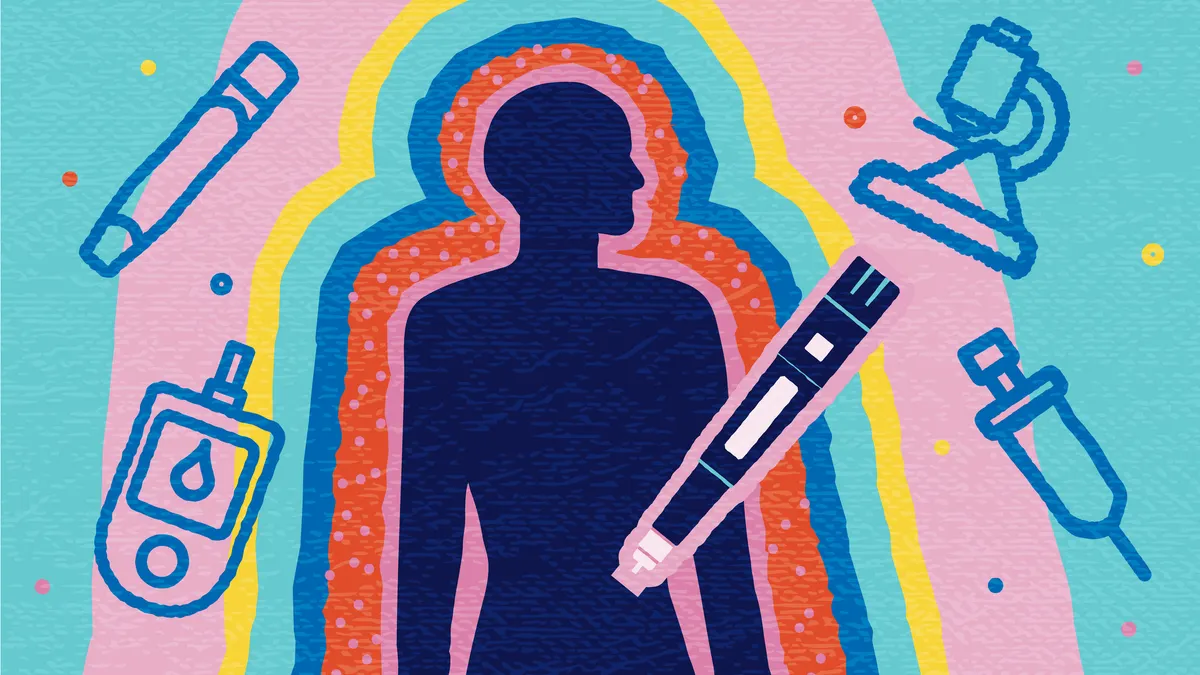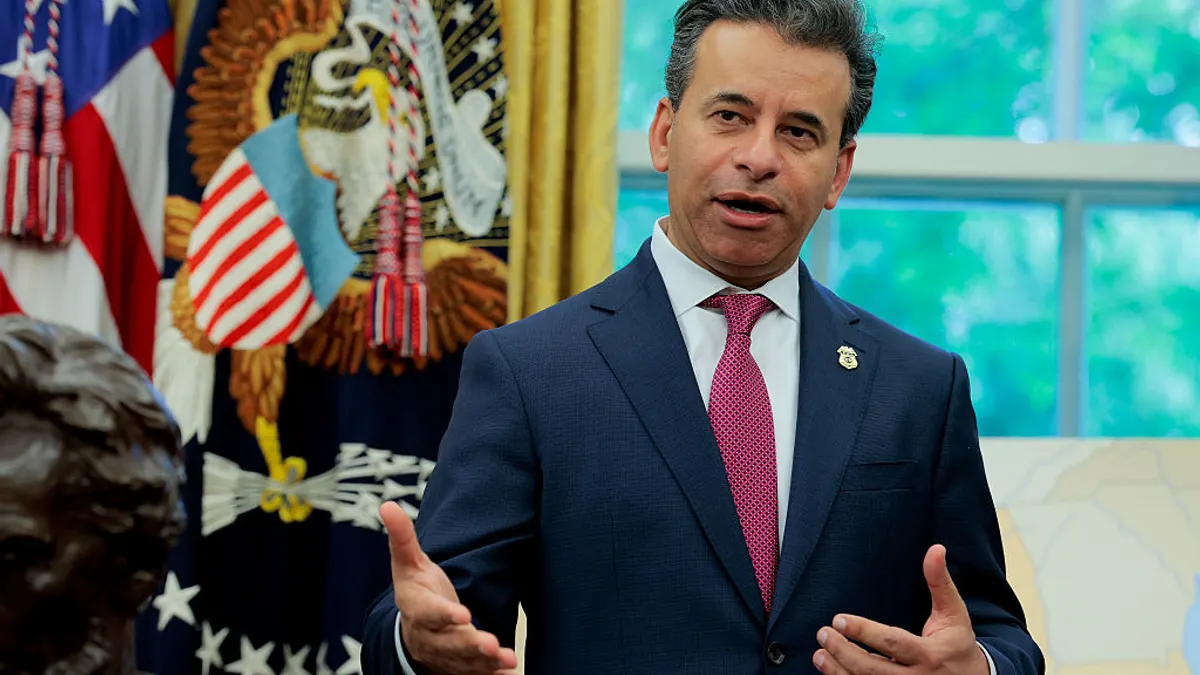For a good portion of his almost 15-year career in pharma, Mayank Anand has fought for the industry to embrace the clinical data revolution. Now that data science is ubiquitous in the clinical realm, Anand sees another turning point on the horizon.
Anand, vice president and global head of data strategy and management at GSK, sees a "big change" coming to how the clinical trial space is going to use data, similar to the arrival of electronic data capture back in 2006. This time, the role of the data manager will have evolved fundamentally, Anand said.
"Definitely in the next five years, the data manager will no longer be a data manager — because they will move from managing data to analyzing data," Anand said. "We have a couple of very powerful tools within our technology landscape that are helping the industry move away from manual reviews to the use of AI and machine learning, natural language process and robotic process automation."
With these advanced algorithms in place, Anand sees his part of the industry moving into a position where they will be exploring and providing trends for stakeholders across the spectrum of drug development, with the ultimate goal of understanding patients and their needs more fully.
Although just 10 years back, "data did not even have a seat at the table," Anand said data management is and should now be "the center of everything."
"For me, this is a very, very exciting point for the industry — this is changing the face of it, and in the next five years, we will see a different industry altogether," Anand said.
And as a leader of a clinical data department at one of the largest pharma companies in the world, the change that Anand needs to embrace is not just one of skill in using these new tools, but a mindset around what he calls "risk appetite" as they adopt these technologies, analyze data in new and deeper ways and understand the trends that certain algorithms are best suited to find.
GSK has evolved to pursue new R&D goals that can diversify its portfolio beyond infectious diseases and HIV, which through a series of setbacks in other areas, have become the major pillars of the company, CEO Emma Walmsley said on an earnings call earlier this year. And the pharma giant has teamed with AI companies like PathAI and consumer genetics player 23andMe to drive faster drug development and discovery, demonstrating further reliance on new technology in the space.
Here, Anand discusses the "Rubik's cube" of data management and strategy, the challenges facing the industry on the clinical data front and what it takes to be an effective leader through change and growth.
This interview has been edited for brevity and clarity.
PHARMAVOICE: You've said that the role of data manager is changing. How does a leader like yourself make that transition smoother?
MAYANK ANAND: We have to change not only from a skill point of view but also a mindset — how much risk we can take into our data analytics and how much risk we can take to analyze data, which is very critical and regulated. We have to have the right risk framework. That's a very big change for leaders also, especially traditional legacy leaders who evolved over a period of time and have not done data management but they're moving to a new role.
It's important as a leader that I get myself to engage to bring the right perspective. I can think of multiple leaders in the industry who are doing that. And to lead from example is to say to people: If we want to change, let's change together — let's start from the basics and then go to moderate, and then propel ourselves into it.
How do you ensure adoption of technology is happening at the right pace? Too slow and you fall behind — too fast and you risk not being ready.
The first thing I always evaluate is whether the technology is a need or a luxury. Sometimes you overload your systems and environment with a lot of technology, but if I have to say no to something, that's the right thing to do for the business. It's very important to keep the patient in the middle of everything.

So when we adopt a new technology, I think about a Rubik's cube — you can see as many as three sides of the cube, but you can never see all sides. When you try to solve the puzzle, you fix one side on its own and you mess up all the rest. That's the challenge when we try to adopt a new technology — if we don't keep the patient centered and all the stakeholders surrounding it, we may create something effective for ourselves but may have created a bigger bottleneck for someone else. I make sure that I follow a step-by-step process with enough stakeholder engagement and enough interaction with the tech to make the right decision for the future.
What are the challenges clinical data managers are facing along the way?
Technology-wise, adoption is a challenge — there's new technology coming in, and we have the old technology that still exists. It's complex. And then there's process. We can bring new technologies, but if our processes are not aligned to the new technology, the change management will not be affected — your processes will look cracked and there will be gaps, which is not a good situation, especially in a very regulated environment. You need to marry your process with the changing technology so you don't fall into a trap.
And then there's the biggest challenge, and that's spending hours learning the new technologies. But it's not just taking a course on AI or analytics — again, it's the mindset you need to evolve to understand the fundamentals and know how to communicate this to stakeholders. There's always chaos, and chaos is not a right frame of mind for anyone changing — changes are always uncomfortable, and you need to manage them very effectively.
A company the size of GSK has many different therapeutic areas, from cancer to HIV. How do you approach those individually but also systematically from a data perspective?
With every therapeutic area, there may be certain similarities across the board, but then there are always special needs and you need to cater to it. I keep that particular alignment a very high priority, because it goes back to the Rubik's cube — one side of it can create a solution that may be good for one therapeutic area but adds complexity for something else. For example, maybe in oncology we want adaptive trials, but in an area such as vaccines, you may like to have more volume of patients. Across the industry, every leader is trying to make sure that whatever technology they adopt, it is catering to all the therapeutic areas they're supporting within their organization.
How is GSK embracing the cutting edge of clinical data technology?
GSK has been at the forefront of this since I joined two years back. From the top leadership to the bottom layers of the organization, everyone is embracing that they have to improve the landscape. I'm very proud to be someone experiencing it on the ground, and that change is very refreshing.
How important is it to be a pioneer with regard to new technology as opposed to a later adopter?
You cannot wait for someone to develop something because then you've already lost the race. Whoever has developed it has already seen the benefit and will go to the next level by the time you adapt to this one. That's why it's important to have courageous leadership to go and find something that is not mature yet and is still very novel, but will help you to move fast and with high quality. If the industry is waiting for someone to develop it, nothing will get developed. Everyone has to do the bits and pieces to make a tool, technology, process or a skillset available in the market.





















